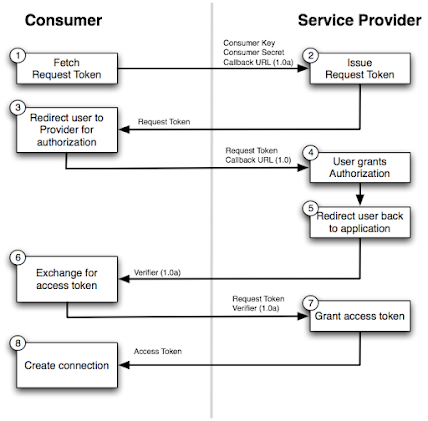Introduction
The UNIX operating system is made up of three parts; the kernel, the shell and the programs.
The kernel
The kernel of UNIX is the hub of the operating system: it allocates time and memory to programs and handles the filestore and communications in response to system calls.A kernel is the foundational layer of an operating system (OS). It functions at a basic level, communicating with hardware and managing resources, such as RAM and the CPU. … The kernel performs a system check and recognizes components, such as the processor, GPU, and memory.
The shell
Your interface to the operating system is called a shell.
The shell is the outermost layer of the operating system. Shells incorporate a programming language to control processes and files, as well as to start and control other programs. The shell manages the interaction between you and the operating system by prompting you for input, interpreting that input for the operating system, and then handling any resulting output from the operating system.
Shells provide a way for you to communicate with the operating system. This communication is carried out either interactively (input from the keyboard is acted upon immediately) or as a shell script. A shell script is a sequence of shell and operating system commands that is stored in a file.
Available shells
The following are the shells that are provided with AIX®.
- Korn shell (started with the ksh command)
- Bourne shell (started with the bsh command)
- Restricted shell (a limited version of the Bourne shell, and started with the Rsh command)
- POSIX shell (also known as the Korn Shell, and started with the psh command)
- Restricted shell for the Korn shell (ksh and ksh93). The ksh and ksh93 shells are provided with their restricted shell equivalents rksh and rksh93.
- Default shell (started with the sh command)
- C shell (started with the csh command)
- Trusted shell (a limited version of the Korn shell, and started with the tsh command)
- Remote shell (started with the rsh command)
The difference between kernel and shell is that the kernel is the core of the operating system that controls all the tasks of the system while the shell is the interface that allows the users to communicate with the kernel.
How to check current shell
echo "$SHELL"
How to see available shells
cat /etc/shells










